Although this is the eighth book in the author’s trail-blazing (at the time it was written, action-oriented heroines were nowhere near as numerous in fiction as they are now) series, it’s the third that I’ve read. (Long story!) It was published in 1976; but in terms of the series’ internal chronology, just a few years have passed since the series opener. So in the book, it would still be the late 1960s, and protagonist Modesty is now about 28 years old. As is often the case, I would advise readers NOT to read the cover blurb. IMO, it discloses way too much information that’s better learned as O’Donnell chooses to gradually unfold it.
When the tale opens, we find Modesty and one of her (to use a contemporary term) “friends with benefits,” multimillionaire tycoon John Dall, enjoying a white-water canoeing excursion in the remote wilds of the Rocky Mountains, accompanied only by a 60-year-old Indian guide. It’s indicated that Dall would be glad to have a more committed relationship; but while Modesty has a lot of admirable qualities and makes a devoted friend, her hellish formative years left her with too damaged a psyche for committed romantic love. O’Donnell never made that any part of her character arc, so readers shouldn’t approach the books with that expectation (or hope!). Barely two pages into the story, though, their idyll is rudely interrupted by the appearance, seemingly out of nowhere, of two gun-toting thugs, who take the couple prisoner after brutally murdering their guide. This begins an adventure that will take us to more than one locale, but principally to the dense (and deftly-evoked) jungles of Guatemala, and which will involve mortal danger, intense mental and physical challenges, and a high body count.
 An obvious question readers might ask is, does reading this out of order result in “spoilers” for the earlier books? I would say no, because Modesty’s adventures are each episodic and self-contained; and she and sidekick Willie don’t significantly change, either in their life circumstances or in terms of character growth. Some characters here do appear in earlier books: Sir Gerald Tarrant, for instance, is already introduced in the first book, and Steve and Dinah Collier are in the story A Perfect Night to Break Your Neck, included in the story collection Pieces of Modesty (which I did read previously), though that’s not their first appearance in the canon. The madman who calls himself (and actually believes that he is!) “Lucifer” is, I’m guessing, the title character of the third novel, I, Lucifer, and both Dall and British spy Maude Tiller have also apparently shown up before.
An obvious question readers might ask is, does reading this out of order result in “spoilers” for the earlier books? I would say no, because Modesty’s adventures are each episodic and self-contained; and she and sidekick Willie don’t significantly change, either in their life circumstances or in terms of character growth. Some characters here do appear in earlier books: Sir Gerald Tarrant, for instance, is already introduced in the first book, and Steve and Dinah Collier are in the story A Perfect Night to Break Your Neck, included in the story collection Pieces of Modesty (which I did read previously), though that’s not their first appearance in the canon. The madman who calls himself (and actually believes that he is!) “Lucifer” is, I’m guessing, the title character of the third novel, I, Lucifer, and both Dall and British spy Maude Tiller have also apparently shown up before.
But while having read about them earlier would make them more familiar, all of these were depicted here with enough clarity and depth that I felt I knew them fully well as people. And while occasional references are made to previous adventures, the significance is explained in each case, and for me the effect was simply to whet curiosity, not spoil it. (Of course, it’s clear that Modesty emerged from these triumphant; but that’s a “spoiler” only if you don’t grasp the idea of the word “series….” :-) ) I’d recommend reading the first book before this one, to get a basic idea of who Modesty is, what her early life was like, and the Modesty-Willie dynamic; but otherwise, I don’t think it’s essential to read the earlier books first.
In terms of style and literary vision, this book felt, to me, very much of a piece with the two I’d read earlier. While he doesn’t write with the elaborate diction of his 18th-century Romantic predecessors, O’Donnell’s solidly in their literary camp with his use of exotic locales, extreme situations, and above all, frank appeals to the whole range of readers’ emotions. (In one revealing exchange, Dall tells Modesty she’s a “romantic,” whereupon she replies, “Of course I’m a romantic, dum-dum! And proud of it. There’s not enough of it about these days.”) His plotting is taut and well-constructed, with a good deal of suspense, a steady pace interspersed with frequent jeopardies and vivid action scenes. Modesty has to display her planning acuity and ingenuity as well as her fighting skill; and surviving and taking down the baddies here won’t be a cake-walk, since while she’s highly competent and a born leader, she’s not Superwoman. On the contrary, she’s very much a flesh-and-blood woman, who can bleed and cry (though she doesn’t like to do the latter in front of others); and she’ll do both before we close the book.
In contrast to the cynicism of much modern literature, despite the gritty milieu we find ourselves in here, O’Donnell’s vision is a solidly moral one. Our heroine (and Modesty is a heroine, not an anti-heroine) is pitted against villains who are radically evil, and while she, Willie and their friends have foibles, they basically have a solid and instinctive orientation towards the good. And O’Donnell knows that the basic dividing line between the two separates those who care about others and try to treat them decently, vs. those who care only about self and consider all other humans as things to be used. The author’s social message here isn’t loudly delivered; but we do get a clear look at both the misery the downtrodden in the Third World have suffered (and still do), and the reality that a fixation on vengeance rather than justice can make the oppressed a mirror image of the oppressors.
Content issues here aren’t too problematic, given the literary genre that this is. There’s some swearing and religious profanity (but no obscenity). There are no sex scenes, but there is reference to sexual activity, and it’s made clear that two of the principal villains are into kinky sex that involves inflicting extreme humiliation on women (though O’Donnell spares us any specifics). That such behavior exists in the world should (and does!) offend every decent human; that it’s depicted at all in a book will offend some readers. In the author’s defense on that score, I would say only that a mentality which freaks out on wielding power over other humans is realistically apt to also be reflected in warped sexuality; it warps every aspect of the personality. The language and sexual attitudes/behavior of most of the characters here are what would realistically be expected of secular folk who move in these kinds of circles. Indeed, while some readers would roll their eyes over using the term here, because of the unusual and extreme situation (“unusual,” though, is not the same thing as “impossible!”), I would say that O”Donnell depicts a wide range of life-like characters with very convincing realism, and that his characterizations are a strong point of the series.
Again, I’d recommend reading the series opener before reading this installment; but otherwise, I’d have no hesitation in recommending it to any reader who enjoyed the first book.
Author: Peter O’Donnell
Publisher: Souvenir Press; available through Amazon, currently only as a printed book.
A version of this review previously appeared on Goodreads.
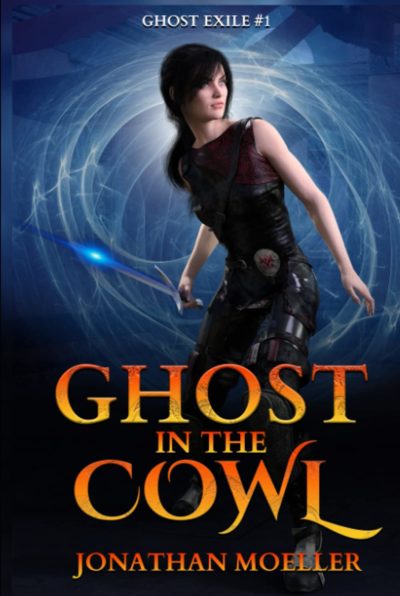 This one was probably teetering on the edge of a seal of approval, except one aspect. For what’s supposed to be book one in a series, the author spends a lot of time discussing events prior to the book getting under way, such as the tragic loss of the heroine’s true love. However, subsequent research revealed that this is not the start of Caina Amalas’s history. The Ghost Exile series is actually a sub-set of her saga, which appears to consist of no less than 26 primary works. According to the Goodreads listing, this is #11, so we are clearly well under way. I’m a little annoyed, since I never like joining stories in progress. However, this entry is strong enough to stand on its own.
This one was probably teetering on the edge of a seal of approval, except one aspect. For what’s supposed to be book one in a series, the author spends a lot of time discussing events prior to the book getting under way, such as the tragic loss of the heroine’s true love. However, subsequent research revealed that this is not the start of Caina Amalas’s history. The Ghost Exile series is actually a sub-set of her saga, which appears to consist of no less than 26 primary works. According to the Goodreads listing, this is #11, so we are clearly well under way. I’m a little annoyed, since I never like joining stories in progress. However, this entry is strong enough to stand on its own.




 Cathy East Dubowski is a professional writer, who apparently specializes in both YA and grown-up movie novelizations. This is apparently her best-known one (and my only exposure to her work). To her credit, she attempted a fresher approach here than simply re-telling the screenplay in third person. The movie used the frame device of the couple’s visits to a marriage counselor. Here, the author begins the book with the counselor’s notes and transcripts from his initial sessions with the Smiths, both together and separately; the main body of the story is their alternating journal posts which the counselor asked them to write, without necessarily showing the text to anyone else. IMO, this works well; we get inside both their heads, and understand them and their feelings. (One reviewer complained that the technique makes for “repetition,” but I didn’t find this to be a problem. While they’re often describing the same events, their different perceptions of them are very revealing, and as such anything but boring.)
Cathy East Dubowski is a professional writer, who apparently specializes in both YA and grown-up movie novelizations. This is apparently her best-known one (and my only exposure to her work). To her credit, she attempted a fresher approach here than simply re-telling the screenplay in third person. The movie used the frame device of the couple’s visits to a marriage counselor. Here, the author begins the book with the counselor’s notes and transcripts from his initial sessions with the Smiths, both together and separately; the main body of the story is their alternating journal posts which the counselor asked them to write, without necessarily showing the text to anyone else. IMO, this works well; we get inside both their heads, and understand them and their feelings. (One reviewer complained that the technique makes for “repetition,” but I didn’t find this to be a problem. While they’re often describing the same events, their different perceptions of them are very revealing, and as such anything but boring.) Subtitled, The Female Hero in Popular Cinema, 1970-2006, this is non-fiction, being a feminist – I guess, more post-feminist – analysis of action heroines over the time in question. It made for an interesting read, being considerably more dense than my typical reading material: Schubert seems to be aiming at an audience that already know what she means, with a good number of terms left unexplained in the text. Yet it was equally frustrating: for every section that had me nodding in agreement, there was one where I was at least raising an eyebrow, if not snorting derisively.Parts are incisive and smart. Others exemplify the worst excesses of ivory-tower academia.
Subtitled, The Female Hero in Popular Cinema, 1970-2006, this is non-fiction, being a feminist – I guess, more post-feminist – analysis of action heroines over the time in question. It made for an interesting read, being considerably more dense than my typical reading material: Schubert seems to be aiming at an audience that already know what she means, with a good number of terms left unexplained in the text. Yet it was equally frustrating: for every section that had me nodding in agreement, there was one where I was at least raising an eyebrow, if not snorting derisively.Parts are incisive and smart. Others exemplify the worst excesses of ivory-tower academia. An obvious question readers might ask is, does reading this out of order result in “spoilers” for the earlier books? I would say no, because Modesty’s adventures are each episodic and self-contained; and she and sidekick Willie don’t significantly change, either in their life circumstances or in terms of character growth. Some characters here do appear in earlier books: Sir Gerald Tarrant, for instance, is already introduced in the first book, and Steve and Dinah Collier are in the story A Perfect Night to Break Your Neck, included in the story collection
An obvious question readers might ask is, does reading this out of order result in “spoilers” for the earlier books? I would say no, because Modesty’s adventures are each episodic and self-contained; and she and sidekick Willie don’t significantly change, either in their life circumstances or in terms of character growth. Some characters here do appear in earlier books: Sir Gerald Tarrant, for instance, is already introduced in the first book, and Steve and Dinah Collier are in the story A Perfect Night to Break Your Neck, included in the story collection 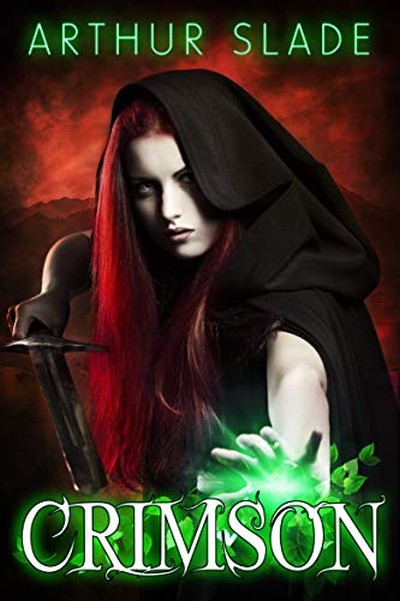
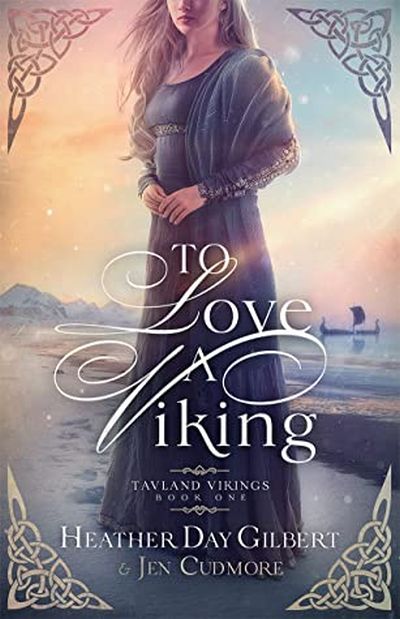 As you’ve no doubt already surmised, yes, this novel does have a romantic component –and, indeed, two romances for the price of one. :-) But it offers more than that, as serious writers know that fiction must if it depicts romantic love as a realistic (and good!) part of the totality of human life; and our two authors here are definitely serious writers. We’re looking here at family life, social relationships, implicit questions of social justice and the relationship of Christian faith to conduct; and we’re also getting a crash course (which sadly is as relevant in 2022 as it was in 998!) in the grim realities of spousal abuse and what is or isn’t a helpful way of dealing with it. (The “Word from the Authors” at the end is constructive in that regard.) Questions of gender roles, and the relationship of career goals vs. family life, are also front-and-center here, and again very relevant.
As you’ve no doubt already surmised, yes, this novel does have a romantic component –and, indeed, two romances for the price of one. :-) But it offers more than that, as serious writers know that fiction must if it depicts romantic love as a realistic (and good!) part of the totality of human life; and our two authors here are definitely serious writers. We’re looking here at family life, social relationships, implicit questions of social justice and the relationship of Christian faith to conduct; and we’re also getting a crash course (which sadly is as relevant in 2022 as it was in 998!) in the grim realities of spousal abuse and what is or isn’t a helpful way of dealing with it. (The “Word from the Authors” at the end is constructive in that regard.) Questions of gender roles, and the relationship of career goals vs. family life, are also front-and-center here, and again very relevant.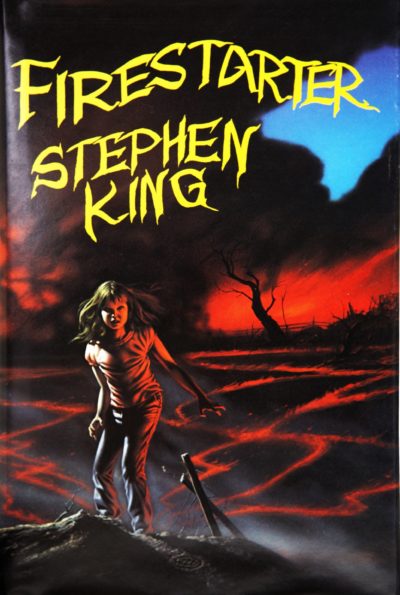 Having watched both versions of the film, I followed up by reading the book on which they were based. Despite my general fondness for horror, I haven’t read very much Stephen King: this is only the second novel of his, after Salem’s Lot. First thought: at 576 pages in the mass paperback edition, it’s quite a door-stopper, and you can see the problems in adapting a work of that size into a movie. Inevitably, a lot of the detail and nuance is going to be excised. There’s no doubt, the 1984 version is more faithful; the 2022 adaptation takes the basic concept of a young girl with pyrokinetic powers, on the run from the government with her father, and does its own thing, more or less.
Having watched both versions of the film, I followed up by reading the book on which they were based. Despite my general fondness for horror, I haven’t read very much Stephen King: this is only the second novel of his, after Salem’s Lot. First thought: at 576 pages in the mass paperback edition, it’s quite a door-stopper, and you can see the problems in adapting a work of that size into a movie. Inevitably, a lot of the detail and nuance is going to be excised. There’s no doubt, the 1984 version is more faithful; the 2022 adaptation takes the basic concept of a young girl with pyrokinetic powers, on the run from the government with her father, and does its own thing, more or less.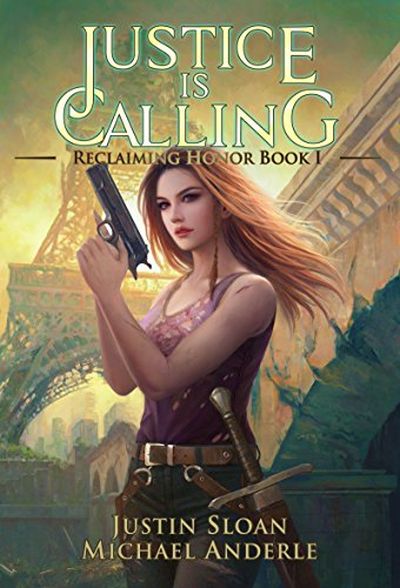
 This is set around fifty years after “the Provocation”, a series of unsolved mass abductions which led to Capernica becoming a strictly-controlled hierarchical society of Uppers, Lowers and the Military. Orphan Jaclyn Holloway is a Lower, living in near poverty in the seaside town known as Settlement 56. The only way out for a Lower is to pass the stringent test which allows entry into the Military. On graduating from the local school,
This is set around fifty years after “the Provocation”, a series of unsolved mass abductions which led to Capernica becoming a strictly-controlled hierarchical society of Uppers, Lowers and the Military. Orphan Jaclyn Holloway is a Lower, living in near poverty in the seaside town known as Settlement 56. The only way out for a Lower is to pass the stringent test which allows entry into the Military. On graduating from the local school, 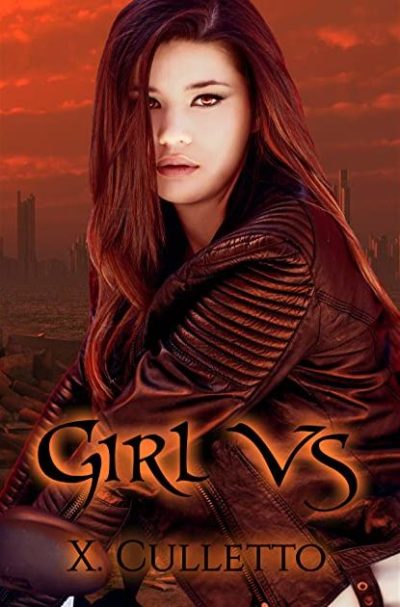 While a quick read, at 205 pages, after slogging through a couple of what can only be described as “chonkers”, I really didn’t mind. It’s briskly-paced, hits the ground running and largely doesn’t stop thereafter. I have some concerns about where things might go in subsequent volumes, so will probably stop here, just to be safe. However, I enjoyed what I read well enough.
While a quick read, at 205 pages, after slogging through a couple of what can only be described as “chonkers”, I really didn’t mind. It’s briskly-paced, hits the ground running and largely doesn’t stop thereafter. I have some concerns about where things might go in subsequent volumes, so will probably stop here, just to be safe. However, I enjoyed what I read well enough.